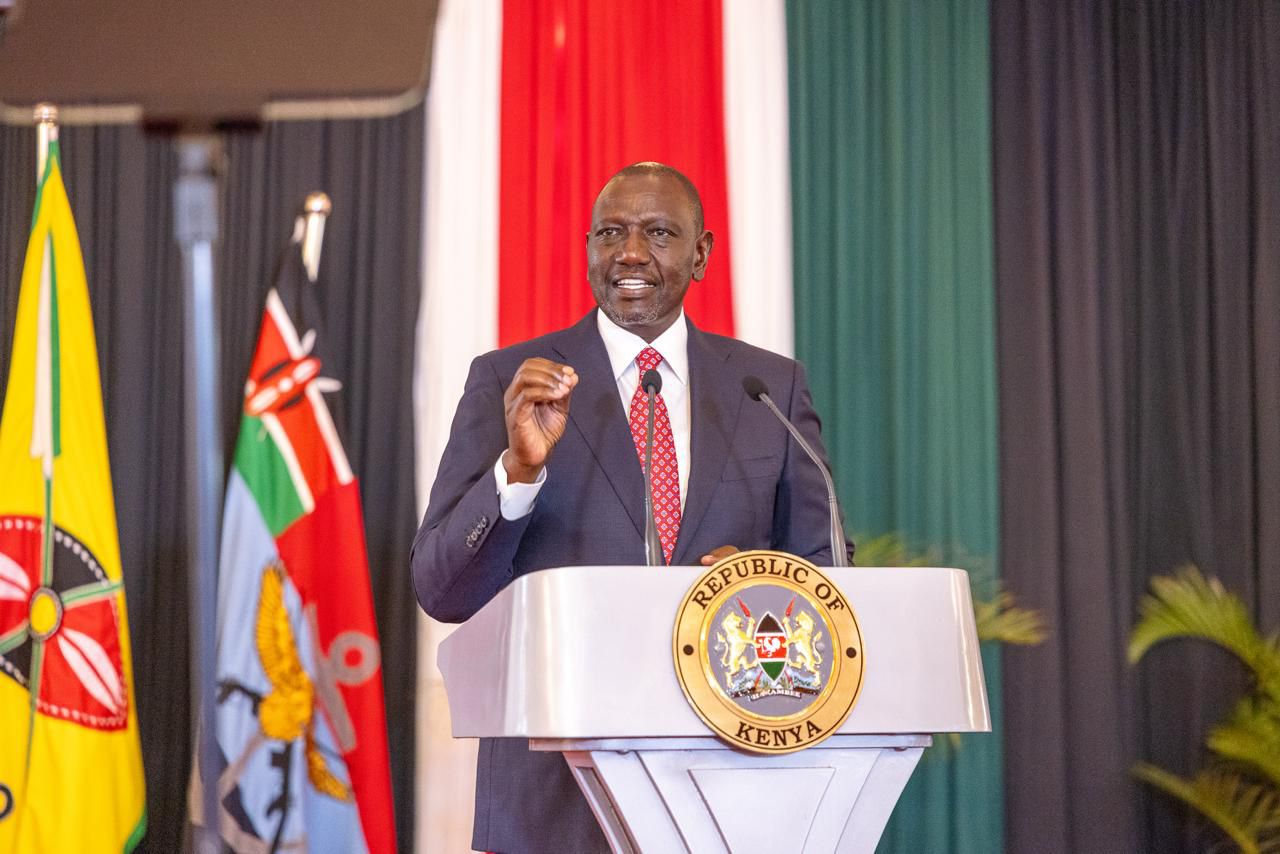As we commemorate this year’s Day of the African Child under the theme “Education for All Children in Africa: The Time is Now,” I reflect on my journey from a practitioner of corporal punishment to an advocate for positive discipline. My transformation underscores the urgent need for safety and respect in our Kenyan schools.
Years ago, as a new teacher in a Kenyan primary school, I believed that corporal punishment was an effective way to maintain discipline. I thought a swift stroke of the cane could correct behavior immediately. However, I soon observed the fear and anxiety it instilled in my students. They were not learning; they were scared. This realization led me to seek alternative methods, eventually embracing the principles of positive discipline. Today, I am a positive discipline trainer, dedicated to fostering environments where children can thrive without fear.
The Ills of Corporal Punishment
Corporal punishment leaves lasting scars on a child’s psyche. According to the World Health Organization (WHO), corporal punishment is linked to a range of negative outcomes for children, including physical and mental ill-health, impaired cognitive and socio-emotional development, poor educational outcomes, increased aggression, and perpetration of violence. Children subjected to such punishment learn to associate learning with fear, hindering their emotional and intellectual growth.
Fear-based discipline stifles creativity and curiosity, essential elements for academic success. When students are preoccupied with avoiding punishment, they are less likely to take risks in their learning or engage deeply with the material. This environment creates passive learners who focus on compliance rather than understanding. The Stratford Journal of Education notes that children who encounter violence early in life have a 15 per cent higher likelihood of not completing high school.
When children experience violence as discipline, they may see it as an acceptable way to solve conflicts, perpetuating a cycle of violence beyond the classroom.
Corporal punishment also violates children’s rights. The UN Convention on the Rights of the Child, to which Kenya is a signatory, explicitly states that children have the right to be protected from all forms of physical or mental violence. In 2001, Kenya banned corporal punishment and enacted the Children’s Act to protect children from abuse and violence.
Positive Discipline: A Better Alternative
Positive discipline teaches young people to become responsible, respectful, and resourceful community members. It involves setting clear expectations, providing positive reinforcement, and using constructive consequences for misbehavior.
Studies show that positive discipline techniques produce significant results, promoting a more positive school climate, enhancing teacher-student relationships, and leading to better behavioral and academic outcomes. Children feel valued and understood, motivating them to behave well and perform better academically.
In Nairobi, Tushinde Children’s Trust, which supports vulnerable children, has adopted a zero-tolerance stance on corporal punishment in partner schools, yielding positive results. Teachers at Mawewa School in Mathare reported a significant decrease in behavioral issues, and students were more engaged and enthusiastic about learning. The school has become a model for others, demonstrating the effectiveness of this approach.
Safety in Schools
Eliminating corporal punishment is crucial for creating a safe and supportive learning environment. When students feel safe, they are more likely to engage fully in their education and develop positive relationships with their peers and teachers.
Educators have a responsibility to protect children and promote their well-being. By adopting positive discipline, teachers can help students develop self-discipline and respect for others without resorting to violence.
It’s imperative that policymakers enforce laws banning corporal punishment and support the implementation of positive discipline strategies. Training programmes for teachers are essential to equip them with the skills and knowledge needed to manage classrooms effectively without resorting to violence.
Call to Action
I urge my fellow Kenyan educators to reflect on their disciplinary methods and embrace positive discipline. It may require a shift in mindset and practice, but the rewards for our students’ well-being and academic success are worth it.
Kenyan parents, your support is vital. Encourage and model positive discipline at home. Collaborate with teachers to create a consistent and nurturing environment for your children. A child who feels better behaves better. As Jane Nelsen, founder of the Positive Discipline Association, once said, “Where did we ever get the crazy idea that in order to make children do better, first we have to make them feel worse?”
Conclusion
As we celebrate the Day of the African Child, let’s commit to ending corporal punishment in our Kenyan schools. Let us envision a future where every child can learn in a safe, nurturing, and positive environment. My journey from corporal punishment to positive discipline is a testament to the power of change. Together, we can create a brighter, safer future for all Kenyan children.
By Robert Omwa
You can also follow our social media pages on Twitter: Education News KE and Facebook: Education News Newspaper for timely updates.
>>> Click here to stay up-to-date with trending regional stories






